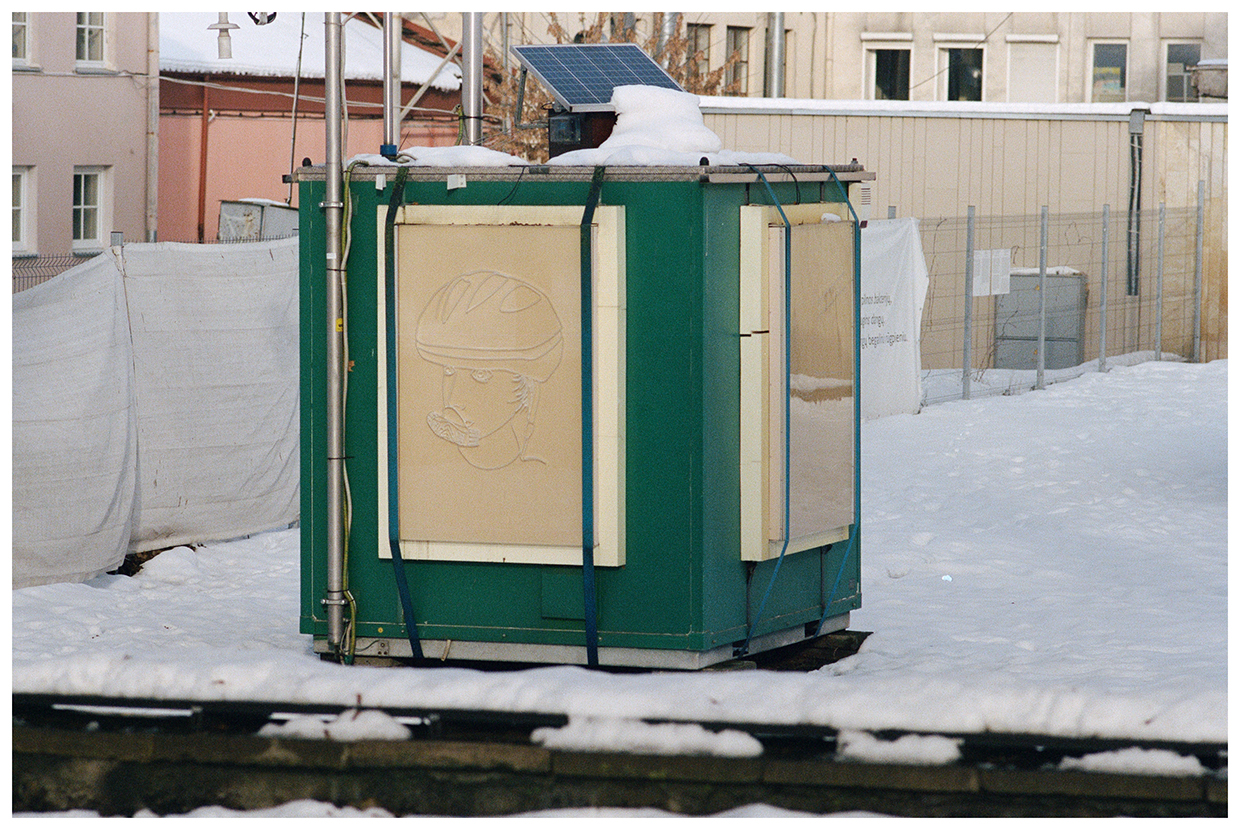The CAC Sculpture Yard was established in 2017, marking the CAC’s 25th anniversary. To implement the project, the decision was made to return to the original idea of the building’s architect Vytautas Edmundas Čekanauskas – a project that included an open yard dedicated to exhibiting sculptures outdoors. The establishment of a sculpture yard in a space designed for this purpose restores the integrity and vision of the CAC architectural ensemble, considered to be a valuable heritage object.
Today, this changing exhibition space is in the Old Town of Vilnius, is available to visitors free of charge where they can experience artworks by Lithuanian and international artists. Many of the artists whose works are presented in the yard are closely related to the activities of the CAC, while some of the sculptures on display have previously been shown in exhibitions organised by the CAC.
The works currently on view in the CAC Sculpture Yard include sculptures by artists Antanas Gerlikas, Vaiva Grainytė, Žilvinas Landzbergas, Beatričė Mockevičiūtė, Robertas Narkus, Mindaugas Navakas, Pakui Hardware, Felipe Braga, Maria Loboda and Augustas Serapinas.







